For years, fashion has been a creative and often times necessary outlet for designers. Designers! Creators and fans of ARTWORK, that was designed with the consumer in mind. Clothing companies consisted of a creative director that was a mastermind in coming up with concepts for collections, ad campaigns, and runway shows because they lived and breathed this thing called fashion. Marketing directors who studied the wants and needs of the consumer they catered to, and by keeping the consumer first, was able to execute effective advertising that would lead to an eagerness to purchase because they identify with something. Brand managers that oversaw the design of logos, forming a brand identity to further enhance brand recognition, and to build a loyal following. And of course, there are the interns.
Along this way of fashion, both affordable and affluent, entertainers (whether it be rappers, singers, actors, actresses, etc.) decided they wanted in on the action. $300 billion worth of action! Most notably, urban entertainers. Now, the urban apparel business goes way back! Further back than I really care to go, but let’s just pretend it started with Phat Farm. Once upon a time, it was a relief to see brands catering to the urban community because for so long we were unrepresented, not under represented, UN represented! Gucci, Prada, Diane von Furstenberg, Mary McFadden, Dolce & Gabbana, Van Cleef & Arpels, and Tiffany’s, they were all the rage, but not for us! So besides the cheap, no name brands we would find in bargain stores, and JC Penney brands like Arizona, Mudd and Skechers, we really had no brands to identify with and latch on to. Until the birth of urban apparel.
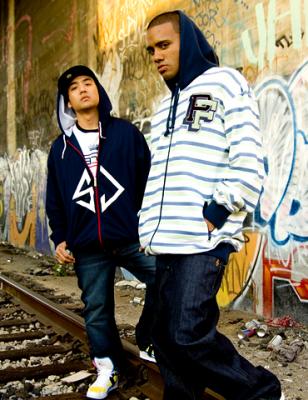
They offered familiarity in fashion, because for so long we had been left out. They offered a lifestyle we could identify with. There were hoodies, and sneakers, and denim jeans, graffiti, turntables, and it was packaged in pretty little boxes that made us want to treasure it as if it was our first Gucci handbag. At last, fashion noticed us, and we noticed fashion. Then came Kimora, offering us a lifestyle we were largely unfamiliar with. She was in ad’s with maids, and chauffeurs, with private planes, and servants around her. It was aspirational, we wanted to be her. She was offering us something we could relate to and could afford, but fed us her lifestyle through her ad’s, while never going too far over heads.
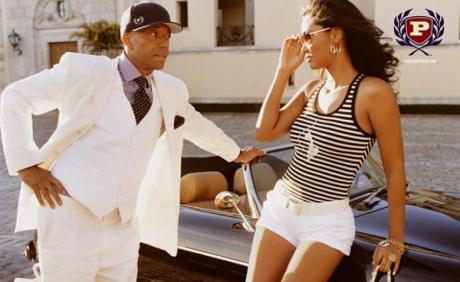
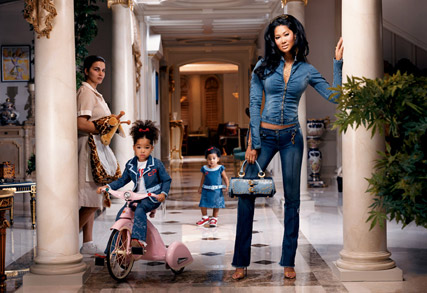
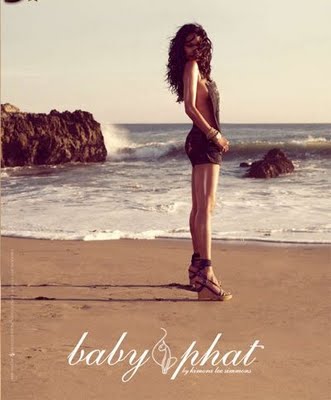
The urban apparel business was at it’s peak, because they were filling a void. What their high end contemporaries like Roberto Cavalli, Valentino & Versace were doing for the affluent, they were doing for the hood. And it didn’t come in bits and pieces, it was a package! It was clothing, it was music, it was culture, it was a lifestyle.
Then came Rocawear and Sean John, both dropping in ‘99, that offered something totally different than Baby Phat and Phat Farm. They offered urban wear, straight no chaser. They didn’t try to pretty it up (well, not in the beginning, more so now that urban brands are going towards the more contemporary, sophisticated look), it was what it was. Urban. We respected Rocawear, because we respected Jay-Z and Damon Dash and what they were doing for music, and deep down, a part of us wanted to be down with the movement. We respected Sean John, because we bopped with Diddy and dug his swagger, and deep down, a part of us wanted to roll with him.

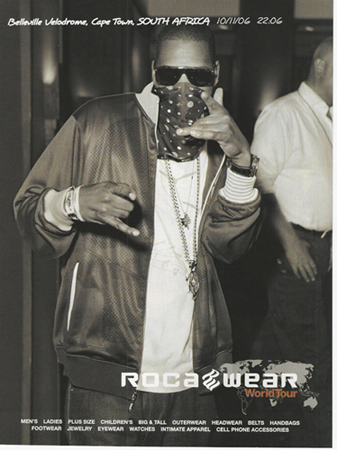

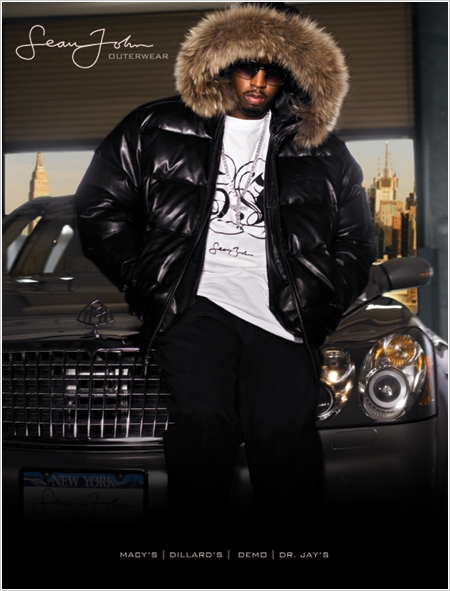
They romanced us with images of a lifestyle we couldn’t afford. They showed us a different world, through effective advertising and marketing, they gained our loyalty through branding, they appealed to our desperation to stay fresh through creative design, and they made sure we never fell off by making sure retailers like Dr. Jays, Jimmy Jazz, Planet Earth, Against All Odd’s, Demo and Macy’s had the goods in a timely manner. We respected the urban apparel business for making us somebodies, and they respected us. But it became too much with the birth of brands like Apple Bottoms (not to single anyone out but… oh, okay I’m lyin’), where it became less about the people and more about the money. It was no longer a matter of filling a void. I mean, don’t get me wrong, by all means get that paper. But if you’re not adding value to the game, your making it stagnant, and at this point you need to back off! The birth of this brand, and many other urban brands after that, marked the death of the urban apparel business. It was like, “what the f*ck are you doing? What are you trying to package and sell? I don’t want that!”, and with advertising it seemed to be getting worst:
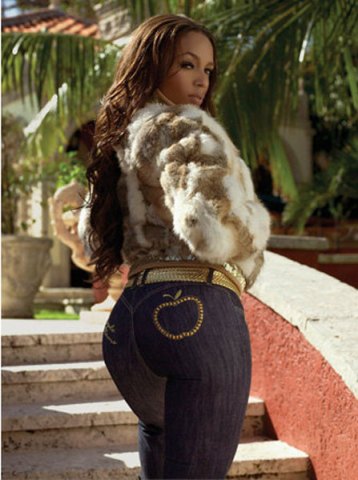
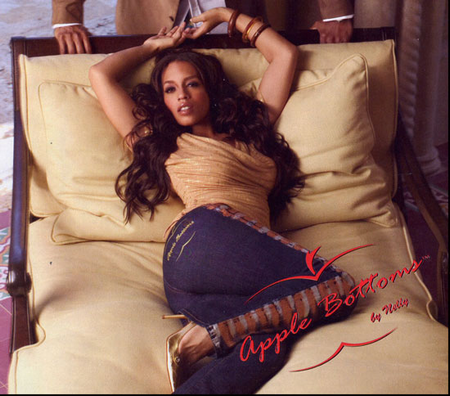
Selling us watered down images of what seemed to be music video stills, capturing the better part of the aftermath of a 15 hour video shoot. We didn’t want it. Ineffective marketing tactics like this, and forgetting the message, contributed to the deterioration and inevitable unraveling of the urban apparel business. With the birth of black exploitation disguised as “marketing”, and “far fetched” advertising, came the death of urban fashion. Just like that! Because like anything in fashion, it’s about current-cy. In this ever evolving industry, where one minute you’re in, and the next you’re out. Where one minute your the hottest thing since heat waves, then the next your irrelevant. When the currents of fashion change, you have to set your sail to go in the way of the wind while still maintaining your point of difference, and they didn’t. And that, boys and girls, is how urban fashion failed. They failed to stay current, they failed to set their sail to go with the ways of the wind, they failed to keep us aspiring, and they failed to keep hope alive. They failed us, so we failed them. Thee end.